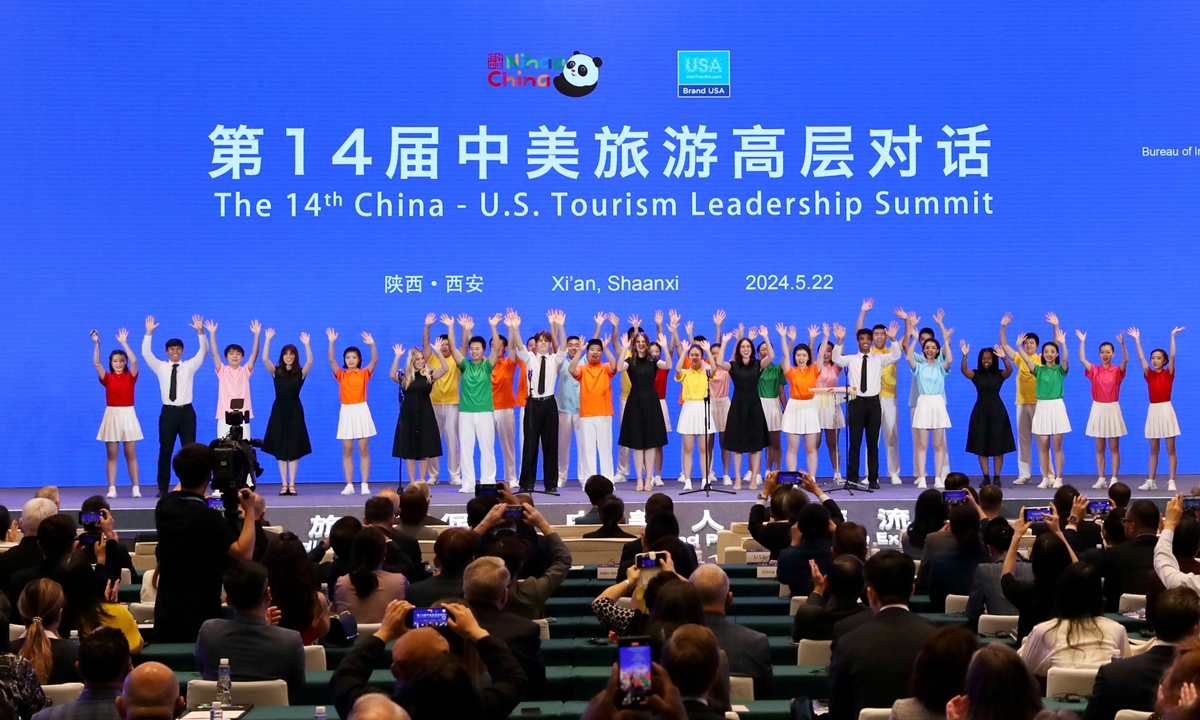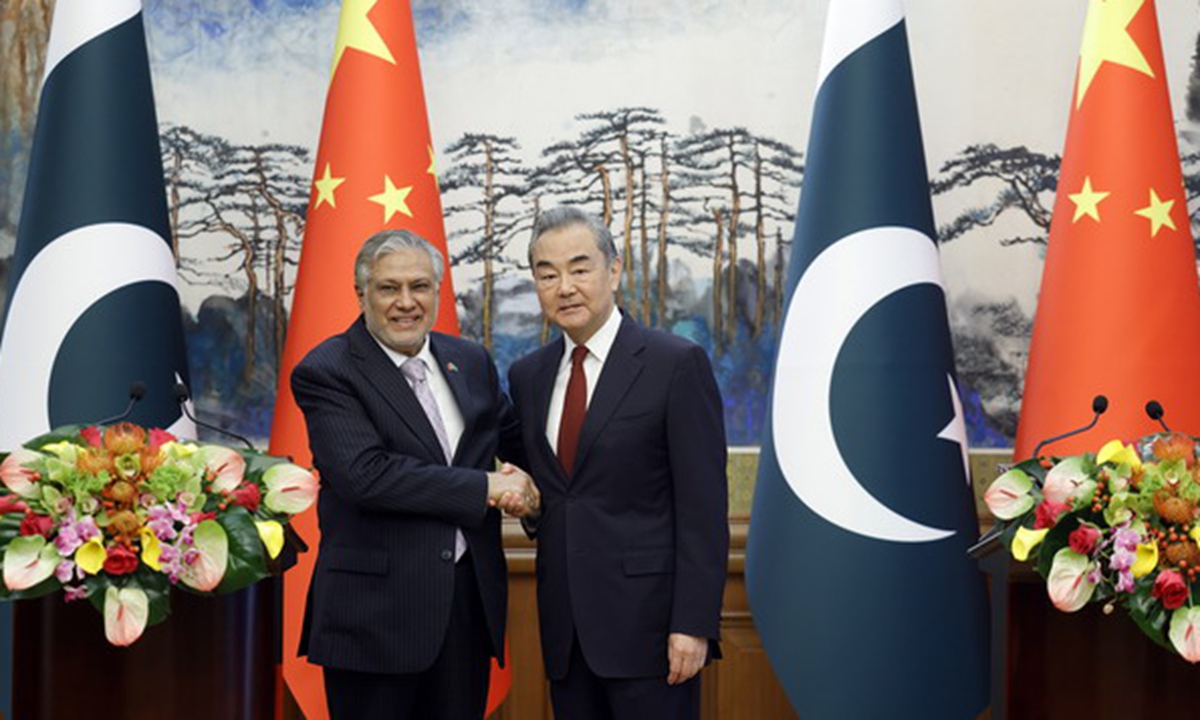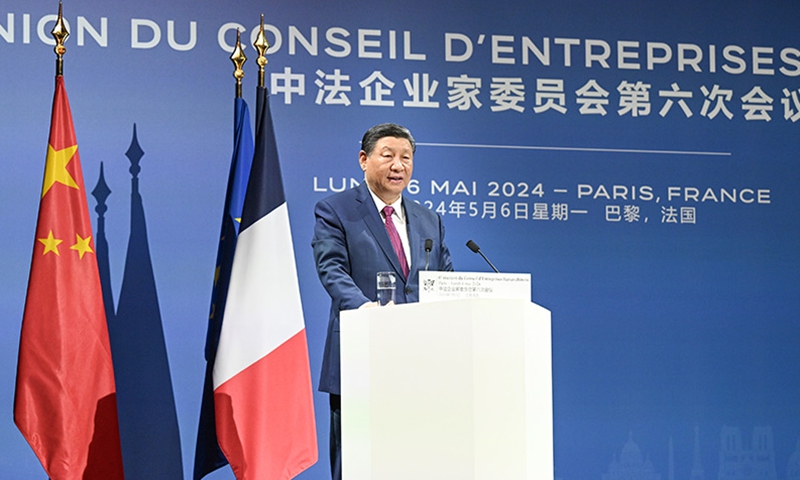Peru, China forging robust economic ties, with vast potential for cooperation, says foreign minister
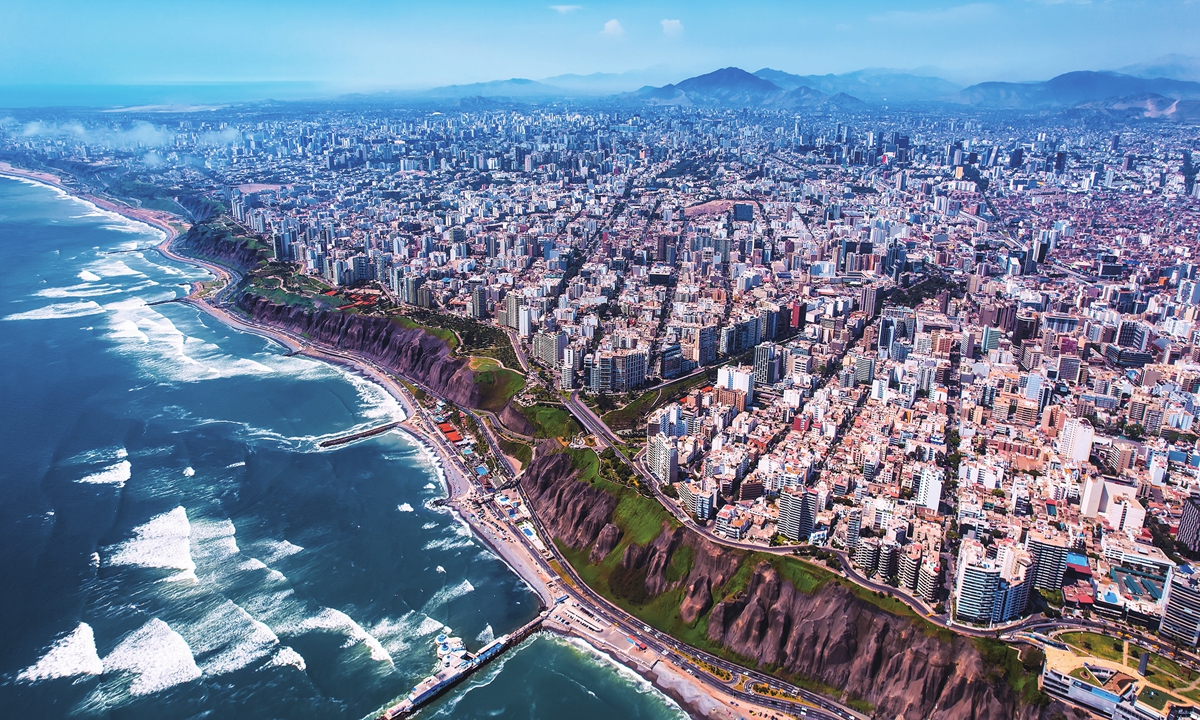
A view of Lima, Peru Photo: VCG
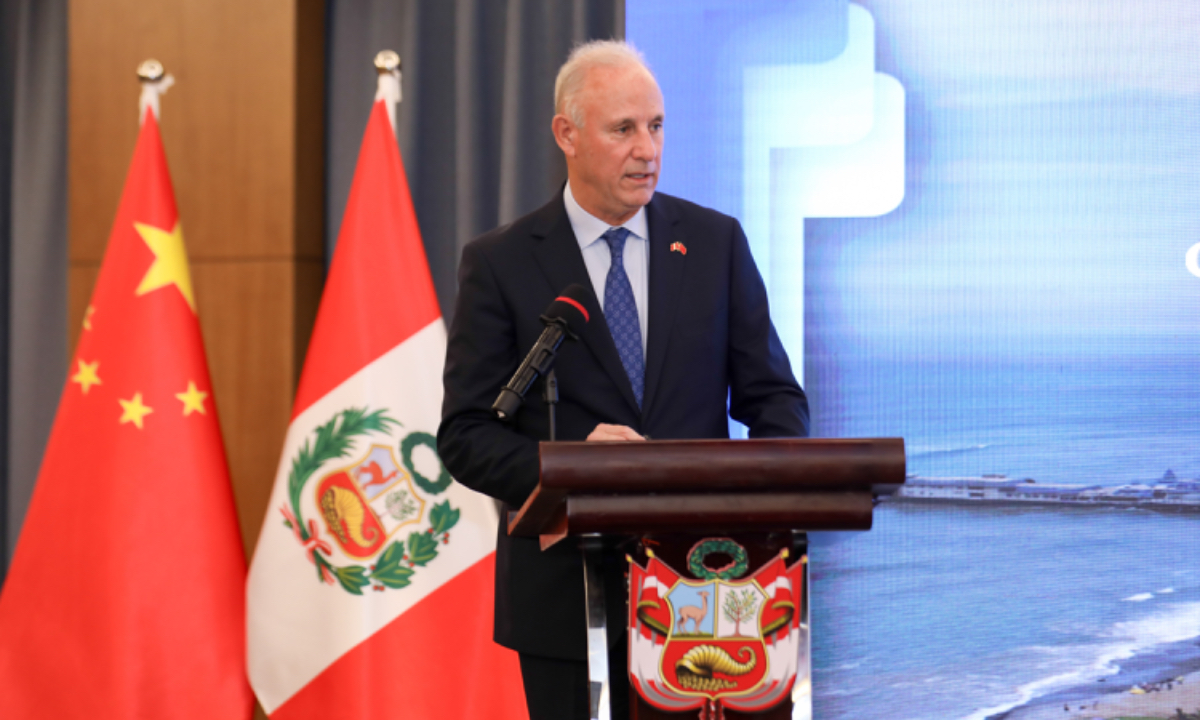
Peruvian Foreign Minister Javier González-Olaechea Franco Photo: Courtesy of the Peruvian Embassy in Beijing
Editor's Note:
China is Peru's largest trading partner and Peru ranks as China's fourth-largest trading partner in Latin America. Peru has also actively engaged in the China-proposed Belt and Road Initiative (BRI). The relationship between the two nations continues to evolve on the back of newfound dynamism. The recent visit to China by Peruvian Foreign Minister Javier González-Olaechea Franco (González-Olaechea) marked his inaugural trip after assuming office. In a recent interview with the Global Times (GT) reporter Yin Yeping, he shared insights on the fresh opportunities for cooperation between the two countries.
GT: The visit marks your first trip to China since taking office. Could you please share with us the purpose and significance of your visit?
González-Olaechea: It is the first time I came to China and was an official visit as foreign minister of Peru. The objective was to address with the Chinese authorities the challenges world peace faces as well as to deal with a wide variety of items and topics in the areas of cooperation and investment in a significant number of priority sectors for my country and for China.
Allow me to elucidate further: China and Peru have a special relationship that we call a Comprehensive Strategic Partnership. Within the framework of our enhanced foreign policy, meticulously charted by our Ministry of Foreign Affairs, our relationship with China permeates almost every aspect, be it directly or indirectly. China stands as a global power, while Peru occupies the status of a middle-income nation. For over a century, we have resolutely engaged in diplomatic initiatives grounded in international law and international human rights, thus aiming to elevate our global diplomatic influence.
GT: With China being Peru's primary export destination and major import source, and Peru being China's second-largest investment destination in Latin America, in which sectors do you see good potential for bilateral cooperation?
González-Olaechea: Peru and China share a robust economic relationship, but there are ample opportunities to further enhance bilateral trade and, in particular, Chinese investment in Peru. We are a traditionally hospitable society. We admire the impressive development China has achieved.
We are steadfast in our resolve to articulate, with greater clarity and depth, why Peru stands as the ideal destination for Chinese cooperation and investment to thrive across all sectors of our economy.
That is why we will try to accelerate negotiations to sign an optimized Free Trade Agreement. The quality of our exports is widely esteemed in the most discerning global markets, and it is our desire to witness their exponential growth within China's dynamic marketplace.
Specifically, Peru is a leader in agro-exports and mining, and we have a lot of virgin land waiting to be cultivated.
GT: What insights can you offer about the Port of Chancay in your country?
González-Olaechea: Allow me to present five concrete answers.
First, our geostrategic location is recognized by the whole world and not only by the countries of the Asia Pacific.
Second, trade to and from Chancay will lower transportation costs by streamlining navigation routes, thus benefiting everybody's business.
Third, without Chinese investment and technology it would be impossible to be only months away from inaugurating the port.
Fourth, our laws make these big bets possible because we are a reliable country that, in addition, grants equal conditions to foreign and Peruvian investments, in equal compliance with our law.
Fifth, but just as crucial, our aspiration is for investments to prosper whilst integrating local labor force and engaging in meaningful community outreach, aligning with our commitment to social responsibility.
Allow me to summarize these insights in five words: Welcome, Invest, Earn, Contribute, and Educate.
The mega port of Chancay is expected to be inaugurated in November, and in practice, Chancay will expand itself into what we already envision as the Ancon Special Economic Zone.
GT: How do you evaluate the changes brought to Peru's economic development by our cooperation under the BRI? Looking ahead, how do you plan to enhance collaboration with China under this initiative?
González-Olaechea: In order to foster higher-quality cooperation within the framework of the BRI, it is essential to strengthen policy coordination mechanisms, promote increased infrastructure development, enhance commercial connectivity, facilitate greater financial flows, and encourage more extensive people-to-people communication.
Moreover, transparency must be promoted unequivocally, alongside concerted efforts to combat corruption, while attentively listening to the calls of various civil society actors.
In this regard, the private sector and capital must always be decisively present when decisions are taken. The relationship between the holders of the capital, the risk they assume and the decisions they make is connatural in the business world.
In this context, the Port of Chancay in Peru could be considered as a project of the BRI and which would respond precisely to the goals of the BRI regarding the connection of people through investment in transport infrastructure, and in the implementation of state-of-the-art logistics and trade connection, among other factors that are also very important and complementary.
GT: Peru is a member of the Comprehensive and Progressive Agreement for Trans-Pacific Partnership (CPTPP), while China is actively working toward joining the trade pact. What significance do you think China's accession to the CPTPP holds for its member countries and the region?
González-Olaechea: All decisions regarding membership of the CPTPP are reached through consensus and within the legal framework of the agreements. Peru warmly embraces the commitment of prospective members to upholding the high standards set by the CPTPP.
If China fulfills all commitments once its accession is assessed and finalized, this will be beneficial, and it will foster more resilient supply chains and increase the quality and quantity of economic globalization.
GT: As China advances its green transformation and upgrades industries to boost high-quality development, Peru shares similar developmental goals. How do you think both countries can enhance cooperation in the increasingly important green economy?
González-Olaechea: Peru and China are pursuing green transformation and high-quality development. In this regard, there are many opportunities for enhanced collaboration in the green economy. I made this clear during the official visit.
I think it has been very clear to all of us that both our countries should support each other so that we can soon generate even more synergies in all economic sectors, whilst respecting each other's development models. We prioritize infrastructure, digital health, clean energy, and cooperation in the necessary security that my country needs. But remember, China, its capital and technology is welcome.
We aspire to the establishment of a techno-digital hub and the expansion of artificial intelligence in Peru, as well as the establishment of environmentally friendly automobile factories, akin to those in other countries. Building upon existing trust and our steadfast commitment, we must actively pursue increased investment and trade, as we do with other nations that respect our sovereign status.
GT: You have highlighted your country's keen interest in Chinese New Energy Vehicles (NEVs). What prompts this interest?
González-Olaechea: It's quite simple. Chinese vehicles have become a popular choice for many developing countries because of their cost-effectiveness and environmental friendliness.
GT: Some voices are alleging claims of "overcapacity" in China's NEV industry. What are your comments on this?
González-Olaechea: Evidence shows that, despite the rapid growth of Chinese electric vehicle exports, there remains a consistent global demand that far exceeds current production capacity. Reality and potential must drive our decisions. In addition, let us remember that there is a consensus on climate change and an urgent need to triple renewable energy capacity by 2030. Peru is committed to this global goal for the benefit of humanity.
